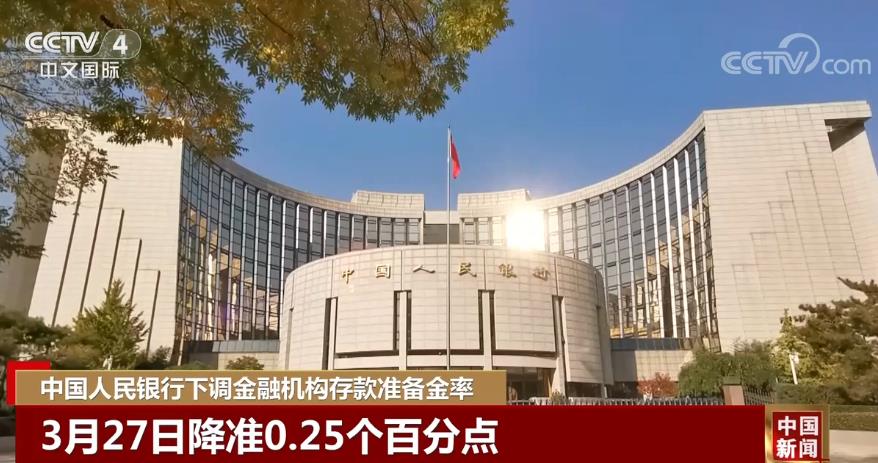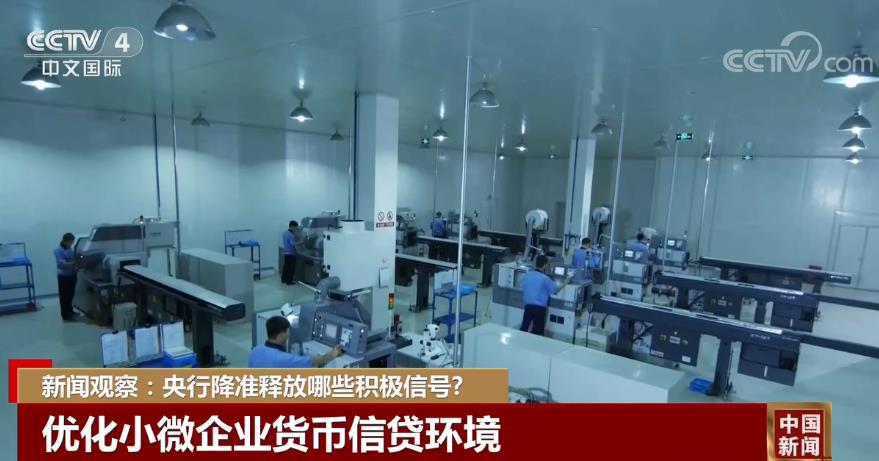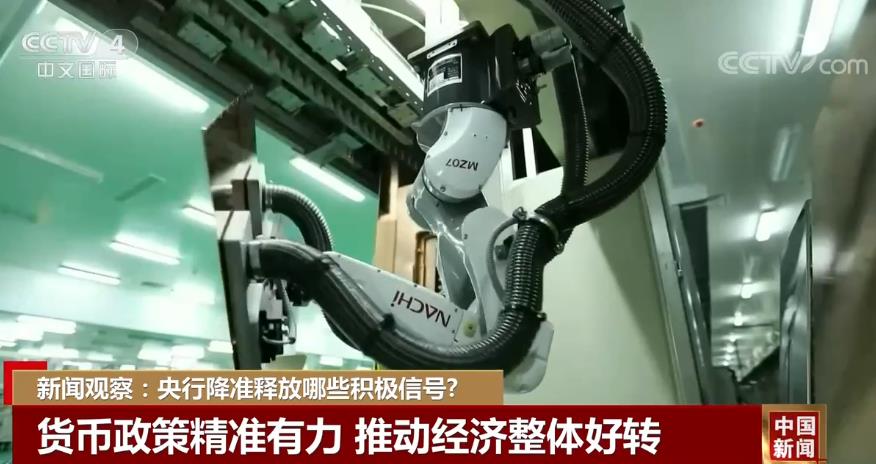China’s monetary policy is accurate and powerful to promote the overall improvement of the economy
CCTV News:On March 17th, the People’s Bank of China announced that it decided to reduce the deposit reserve ratio of financial institutions by 0.25 percentage points on March 27th, 2023. According to the analysis, taking timely measures to reduce the RRR to release long-term liquidity to the financial system will help reduce the capital cost of banking institutions and guide financial institutions to further increase their support for the real economy.
This RRR cut is a comprehensive RRR cut. After the RRR cut, the weighted average deposit reserve ratio of financial institutions is about 7.6%. It is estimated that 500 billion yuan of long-term funds will be released to the banking system, saving banks 5.6 billion yuan to 6 billion yuan annually.

Why did you choose to lower the RRR at this time? Analysts believe that since the beginning of this year, the effect of stabilizing economic policies has continued to appear, and China’s economic operation has stabilized and rebounded; On the other hand, due to the strong expansion of domestic credit in February and January, the long-term liquidity of some banks is tight. Coupled with the "sequela" caused by the "interest rate hike" in major economies, the risk of overseas banking has increased and global liquidity has been under pressure.

Wen Bin, Chief Economist of China Minsheng Bank:In order to alleviate the pressure of banks’ lack of long-term money since the beginning of the year, cooperate with financial pre-efforts, and stabilize market expectations, the central bank released medium-and long-term liquidity and boosted confidence by lowering the RRR, so as to consolidate the upward trend of the economy and the smooth operation of the banking industry.

According to the analysis, among many monetary policy tools, RRR cut provides the longest liquidity term and the lowest cost, so the policy effect is more obvious. This RRR cut is expected to play four roles: First, the policy will exert its strength as soon as possible to boost market confidence; The second is to alleviate the short-term liquidity pressure and reduce the cost of social financing; Third, reduce the cost of bank liabilities and improve the ability to resist risks; Fourth, it is conducive to meeting the reasonable financing needs of housing enterprises and residents.
Experts said that the RRR cut can enhance the ability of financial institutions to allocate funds, maintain a reasonable growth in total credit, and play a vital role in stabilizing employment and protecting people’s livelihood, especially in creating a suitable monetary and credit environment for small and micro enterprises.

Gao Ruidong, Chief Macroeconomist of Everbright Securities:On the basis of a series of structural tools such as two RRR cuts and re-lending for scientific and technological innovation last year, the central bank lowered the RRR in an all-round way again, which fully reflected the determination of the People’s Bank of China to reduce the cost of comprehensive social financing and boost the economy.

This year’s government work report proposes to strengthen the coordination and cooperation of various policies and form a joint force to promote high-quality development. The RRR cut sent a clear policy signal to guide financial institutions to further increase their support for the real economy. Industry insiders predict that the tools such as the subsequent central bank RRR cut are still in the toolbox, and the monetary policy will continue to adopt the tool combination of "aggregate+structure". According to the domestic macroeconomic recovery, price performance and the situation in liquidity in the banking system, we will make flexible adjustments, increase support for weak links and key emerging areas, and promote the overall improvement of economic operation.